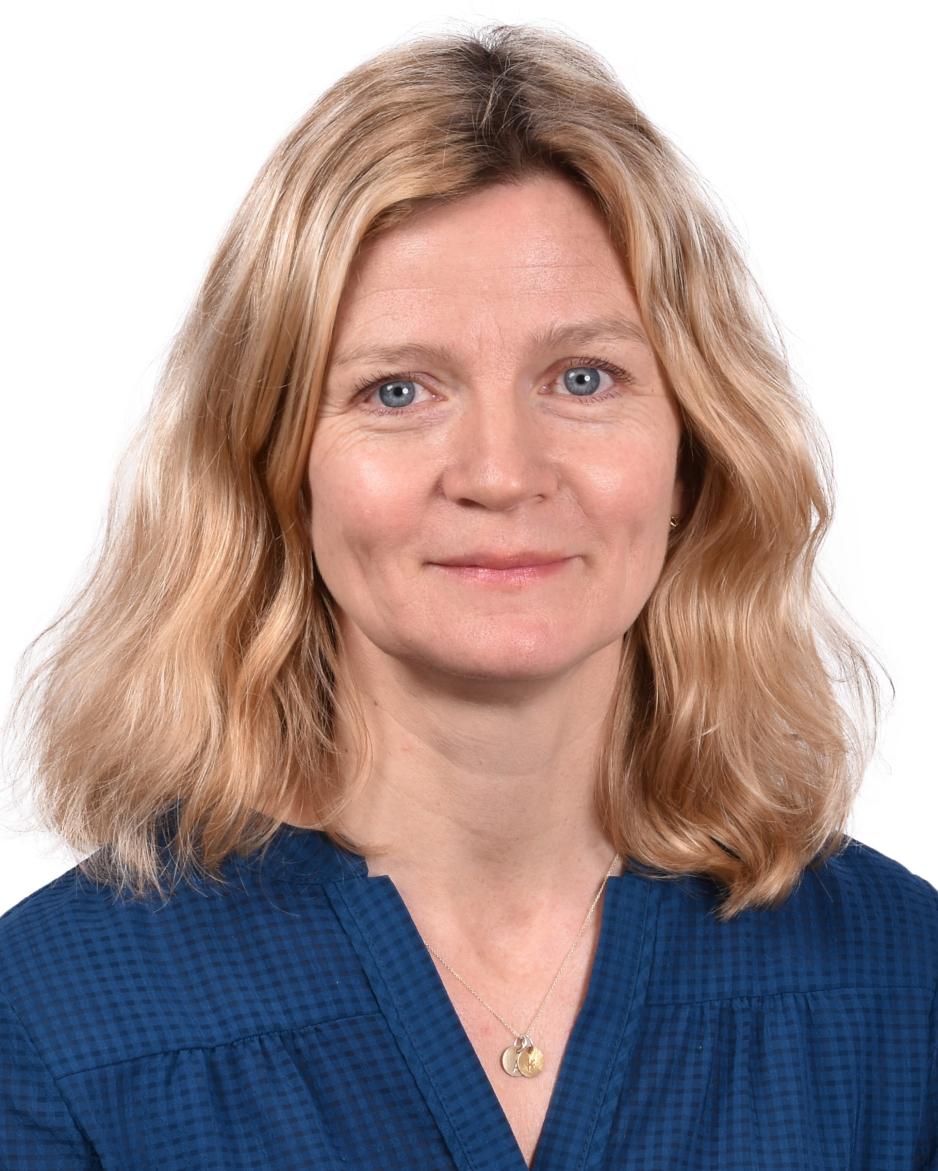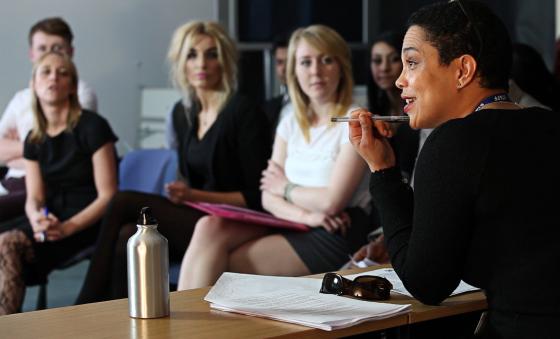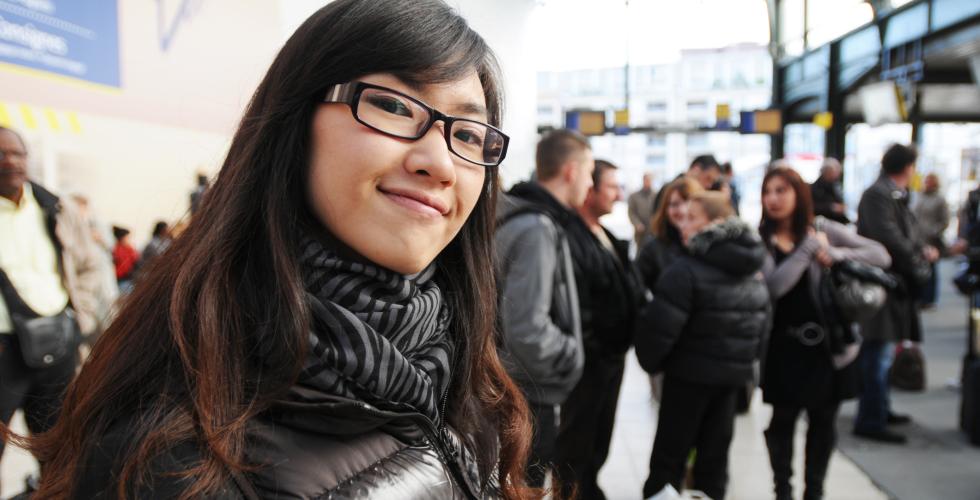Foreign researchers improve gender balance
“We didn’t think that international recruitment would influence the gender balance in academia in favour of more women in senior positions, but we were wrong,” says researcher Kaja Wendt.
The findings to which Kaja Wendt is referring, which show a link between internationalisation and women in senior positions in academia, appear in a recently published article in the journal Scientometrics.
The article was written by Kaja Wendt together with Hebe Gunnes and Dag W. Aksnes. Using statistics and data compilations, they investigated how the international recruitment of researchers impacts gender balance in senior positions in Norwegian academia.
Their main finding is that there is a link between internationalisation and a growing proportion of women in senior positions in academia.

More and more foreign nationals in academia
Using figures taken from the Research Personnel Register and population statistics from Statistics Norway (SSB), the three co-authors concentrated on the development between 2007 and 2018.
“The analysis is quantitative, and we look at changes over time to identify patterns in the data. We chose 2007 as the first year because this was when diversity statistics were first collected, which form the basis for our study. We’re not aware of any other studies that have looked at the impact of internationalisation on gender balance in such detail,” says Wendt.
Read more statistics on diversity
Gunnes, Aksnes and Wendt looked at universities and university colleges (the HE sector), and began by looking at how many researchers have an immigrant background, defined as a person born outside Norway with two foreign parents.
“Are there many foreign researchers at Norwegian higher education institutions?”
“We saw that around 19,300 researchers were employed at Norwegian universities and university colleges in 2018.”
“Has there been a change in international recruitment over time?”
“Yes, in 2018, 38 per cent of researchers were born outside Norway. The proportion of foreign professors has increased from less than a fifth in 2007, to almost a third in 2018,” says Wendt.
When it comes to postdoctoral fellows, the increase is even more pronounced, she says, from almost a third in 2001, to over two thirds in 2018.
What is the current gender balance status?
In 2018, about 46 per cent of researchers at Norwegian higher education institutions were female. This percentage has increased in recent years but most women are at a less senior level. Senior positions, such as professorships, are still male-dominated.
“In recent years, the number of women taking higher education has increased in almost all disciplines, although some more than others. For many years, women made up about 60 per cent of students. It was not until 2020 that the proportion of women reached 49 per cent among professors of medicine and health sciences.”
“When it comes to senior positions in academia, men still dominate,” explains Wendt.
“Are there big differences if we compare professors and postdoctoral fellows?”
“If we break down the 2018 numbers into academic positions, we see that the proportion of women at postdoctoral level was 48 per cent, while women with the title of professor only made up just under 31 per cent of the total. That’s a difference of 17 percentage points.
“What proportion of professors were women in 2007?”
“In 2007, the proportion was 18 per cent, so it has increased by 13 percentage points. It’s not ideal, given the target for gender balance, but it’s still an improvement,” she says.
International recruitment improves gender balance
The statistics show a parallel increase in international recruitment and the proportion of women in senior positions at higher education institutions in Norway. A key question is: how can we be certain there’s a link?
“At professor level, some of the numbers are small, particularly when it comes to new professorships, so we decided to divide the data and look at the development during three periods: 2007 to 2010, then 2011 to 2014 and finally 2015 to 2018.”
“As well as looking at the total, we looked at developments in different disciplines. Within each discipline, we look at the development in the number of new "Norwegian" professors and the number of new "foreign" professors, for women and men, during those periods,” says Wendt.
“Does this number matrix provide enough insight to conclude that there is a link between the increased proportion of women and international recruitment?”
“Yes, we conclude that international migration is not one of the factors contributing to the gender imbalance in Norwegian academia.”
“In fact, international recruitment has positively contributed to the gender balance in Norway in most of the fields analysed, particularly during the first two periods.”
Wendt explains that within social sciences, mathematics and natural sciences, and technology, the gender balance was better among "foreign" than "Norwegian" professors – but there were still more foreign male recruits than female recruits. In medicine and health sciences there were as many women as men, while the opposite could be seen in the humanities. In other words, even more men were recruited here than among the Norwegian humanities professors.
“Do you have any thoughts on why this is the case?
“I don't want to over speculate, but some of it has to do with the so-called Simpson's paradox, that occurs when groups of data show a trend, while the trend is reversed when these groups are combined, or merged. It has to do with the number in each group. There are more men in technology subjects and, relatively speaking, more foreign women than Norwegian women are recruited, which has a positive impact on the overall gender balance.
“Why is this a surprising discovery?”
“I think many people, including those of us who wrote the article and have worked on the Nordic Institute for Studies in Innovation, Research and Education project under the Research Council of Norway’s BALANSE programme, had the idea that internationalisation in senior academic positions was mainly about men.”
“We believed that the recruitment of women to such positions was marginal and that internationalisation would therefore mean the opposite, namely that in competition with even more men, the proportion of women in senior positions would be further reduced,” explains Kaja Wendt.
“How do the Norwegian statistics compare with the European figures?”
“When it comes to gender balance in senior positions in academia, Norway is above average compared to other European countries. In 2018, the average number of women in senior positions at European higher education institutions was 26 per cent.”
“Having said that, we know that many countries, including in Eastern Europe, have a much higher proportion of women than Norway.”
Translated by Allegro Language Services.
Hebe Gunnes, Dag Aksnes and Kaja Wendt wrote the article "International migration of researchers and gender imbalance in academia – the case of Norway” while they were at the Nordic Institute for Studies in Innovation, Research and Education (NIFU) participating in the Research Council of Norway's Gender Balance Programme (BALANSE). Gunnes currently works at OsloMet and Wendt at Statistics Norway.
Read more about the BALANSE Programme
In 2018, there were more than 30,000 researchers at Norwegian universities, university colleges, research institutes and health trusts. Of these, over 10,000 had an immigrant background, defined as a person born outside Norway, with two foreign parents.
The number of women in professorships broken down by discipline:
In medical and health research, the proportion of women in professorships was almost 44 per cent in 2018, and 49 per cent in 2020.
In social science subjects, 34 per cent of professorships were held by women in 2018, and almost 36 per cent in 2020.
On the other hand, the proportion of women in technology subjects was 14 per cent in 2018, climbing to 15 per cent in 2020.
Increase in foreign researchers:
The number of foreign professors increased from 16 per cent in 2001 to 27 per cent in 2018.
The number of foreign postdoctoral fellows increased from 31 per cent in 2001 to 69 per cent in 2018.
More statistics on our website:
Statistics on gender balance and diversity




